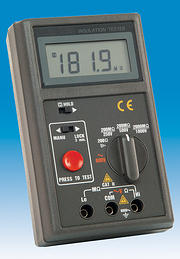Hi all, first post here. Just after a little advice so I know I'm safe and not gonna electrocute myself! 
I've just bought some flat plate chrome light switches. Now I know metal face plates are supposed to be earthed but I assumed they'd include a bit of yellow-green sheathed wire with the switches. So I guess I need to buy some from somewhere. Is there any particular type/thickness of wire I'm supposed to use?
I have already checked and all the back boxes have earth wires. Some of them are the plastic hollow wall (non-metal) boxes, in which case the earths have been sleeved but not connected to anything. Do I just connect this directly to the new chrome switch or do I connect a new earth wire to these wires and then connect them all to some earth terminal somewhere?
The lights are LV downlighters in most rooms and mains voltage downlighters in the hall, all double-insulated so not earthed. I've looked into the ceiling cavity and the earths have been either bent back or twisted together.
Please can you advise if I can safely install these metal switches for the lighting circuits I have described and how to earth them (what kind of wire do I buy)?
Thank you.
I've just bought some flat plate chrome light switches. Now I know metal face plates are supposed to be earthed but I assumed they'd include a bit of yellow-green sheathed wire with the switches. So I guess I need to buy some from somewhere. Is there any particular type/thickness of wire I'm supposed to use?
I have already checked and all the back boxes have earth wires. Some of them are the plastic hollow wall (non-metal) boxes, in which case the earths have been sleeved but not connected to anything. Do I just connect this directly to the new chrome switch or do I connect a new earth wire to these wires and then connect them all to some earth terminal somewhere?
The lights are LV downlighters in most rooms and mains voltage downlighters in the hall, all double-insulated so not earthed. I've looked into the ceiling cavity and the earths have been either bent back or twisted together.
Please can you advise if I can safely install these metal switches for the lighting circuits I have described and how to earth them (what kind of wire do I buy)?
Thank you.


